Did you know parent involvement is the number one predictor of early literacy success?
In the early years, setting up a home reading program is a crucial element to creating life long readers! Developing a successful home reading program is not just sending home a couple of books and hoping for the best. In order for it to be a home program that works, there are a number of different factors that need to be taken into account first.
“Reading should not be presented to children as a chore or duty. It should be offered to them as a precious gift.” – Kate DiCamillo

Romiana Lee/Shutterstock.com
What Does a Successful Home Reading Program Look Like?
Some factors that influence the success of a home reading program include: sending home the correct reading level, communicating to parents on an ongoing basis and creating a classroom environment that celebrates, encourages and rewards home reading. In this blog, I am going to provide hints, tips and printable resources to help any teacher set up a home reading program.
Home Reading Folders
The first thing you’ll want to work out and organise is what children will take home with their home readers.
Setting up some home reading folders that include a reading tracker is a good place to start. The reading trackers allow students to record the books they have read and there is also a spot for parents to write comments about how their child is going at home with reading.
Here are some home reading journal templates:
We have a variety of home reading journal templates to get you started.

teaching resource
Home Reading Journal Template
A journal for your students to keep track of their home reading.

teaching resource
Home Reading Journal - Green
A journal for your students to keep track of their home reading.

teaching resource
My Home Reading Records - Home Reading Progress Tracker
A display that helps monitor and record good home reading habits.
Other resources to include:
The beauty of creating a home reading folder is that you can include anything you think will make a home reading session run as smoothly as possible.
I would often include the children’s current sight words and a resource that outlines the reading strategies that I would be teaching the children in the classroom. That way the same language is being used at both home and school.
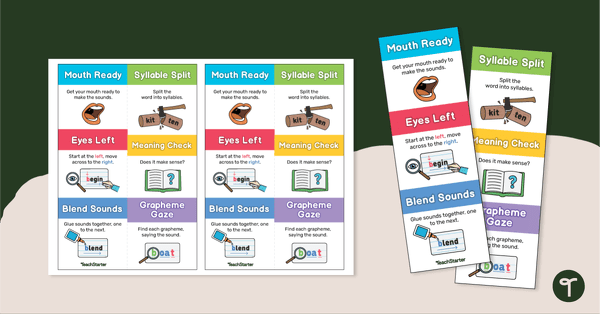
teaching resource
Reading Strategy Bookmark
A double-sided bookmark to remind your students of the different reading strategies.
Students in my class would bring their home reading folder into school daily. This meant if I had an extra parent helper or some extra Teacher Aide time – I would get students who find it tricky to find the time to read at home to do some extra one on one reading at school.

Pavla/Shutterstock.com
Appropriate Books Sent Home
This, of course, depends on your school and its guidelines. In my experience, I would test the students using the PM Benchmark kit. This would give me an instructional level and an easy level for each student. The instructional level is what I would use during guided reading in the classroom.
The easy level is what was sent home. You want to build a sense of enjoyment and confidence in your students. If they are struggling to read fluently at home with their parents they are going to begin to withdraw from this experience.
Communication is Key!
I also encouraged parents to let me know if they felt their child was really struggling or if they were really bored with their home readers. It’s all about communication and being flexible.
If Alice didn’t enjoy the home readers because they were really boring but wanted to read a comic strip – you know what – it’s better that they are reading every night than not at all so I would always say to parents do what works best for their child!
We have this fantastic list of books for reluctant readers that may also be beneficial.

Benoist/Shutterstock.com
Parent Information Night (Just for Reading)
Don’t just include one PowerPoint slide at the parent information night about home reading, especially in the early years.
I would suggest running a parent information night about home reading for parents who might be interested. During this session, you can provide information to parents about what to expect, and provide an outline of what a reading session might look like. The extra time you spend running this parent information night will alleviate any anxious parents and mean that you can provide them with all the information they need in one session.
I would include a few main tips in this session including:
- Make it routine and have a go-to spot for home reading.
- Explain that the home readers are meant to be ‘easy’ reads for their children.
- Discuss how students will go up reading levels once they have done a fairly extensive reading test.
- Give them suggestions of questions to ask before and after the story to check for comprehension.
We have this fantastic video that you can share at the parent information night.
Celebrate Individual Successes and Milestones
This gorgeous display in a classroom is a great reminder to make sure that you celebrate success during the home reading program. You decide on the goal. Perhaps a student can add a leaf to the tree with their name on it if they have reached 20 nights reading in a row. It really depends on your students and what is an achievable milestone for them.
We love this display because it’s a whole class initiative. They are working together to fill the tree with leaves!
To create this display we used our Tree Leaves Template and borders and letters are from our beautiful Blue Lush Leaves Classroom Theme Pack.
If space and time is an issue. We also have some really cute certificates and brag tags as part of our Home Reading Achievement Resource Pack that would work just as well when celebrating successes with your students.
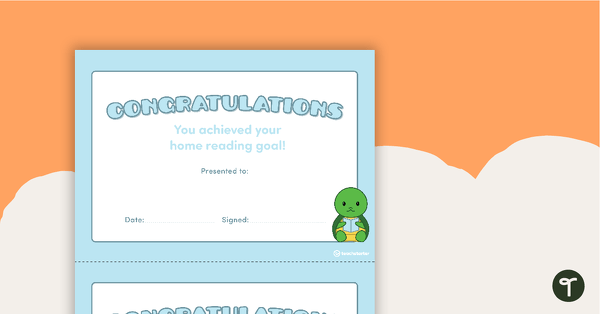
teaching resource
You Have Achieved Your Home Reading Goal! - Certificate
A certificate to celebrate a home reading achievement.
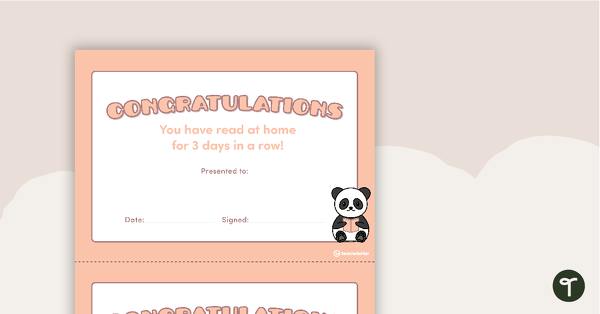
teaching resource
You Have Read at Home For 3/5/10 Days in a Row! - Certificate
A certificate to celebrate a home reading achievement.
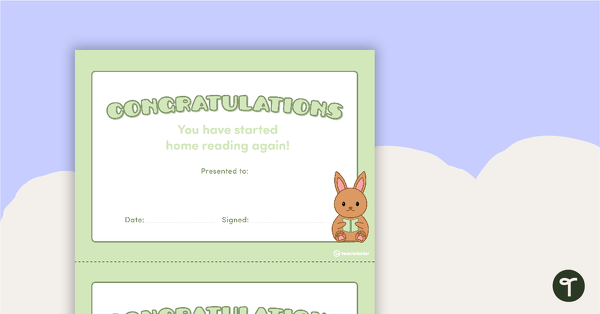
teaching resource
You Have Started Home Reading Again! - Certificate
A certificate to celebrate a home reading achievement.
Get Organised!
So you have created the home reading folders, communicated how the program works with your parents, set up a way to celebrate successes and completed the reading tests on each student. Now what? Now you need to work out the weekly logistics of it. I would often send home 2-3 readers per week, but this depends on the resources you have at your school.
Students would take home new readers in their home reading folder on a Monday. These readers were then changed over on a Friday ready for the following Monday.
Hot tip: I asked parents to volunteer every Friday morning. One parent changed over the readers while the other parents sat and read the new books to the students. This was a great way to model the reading of the books to the students before they took them home.

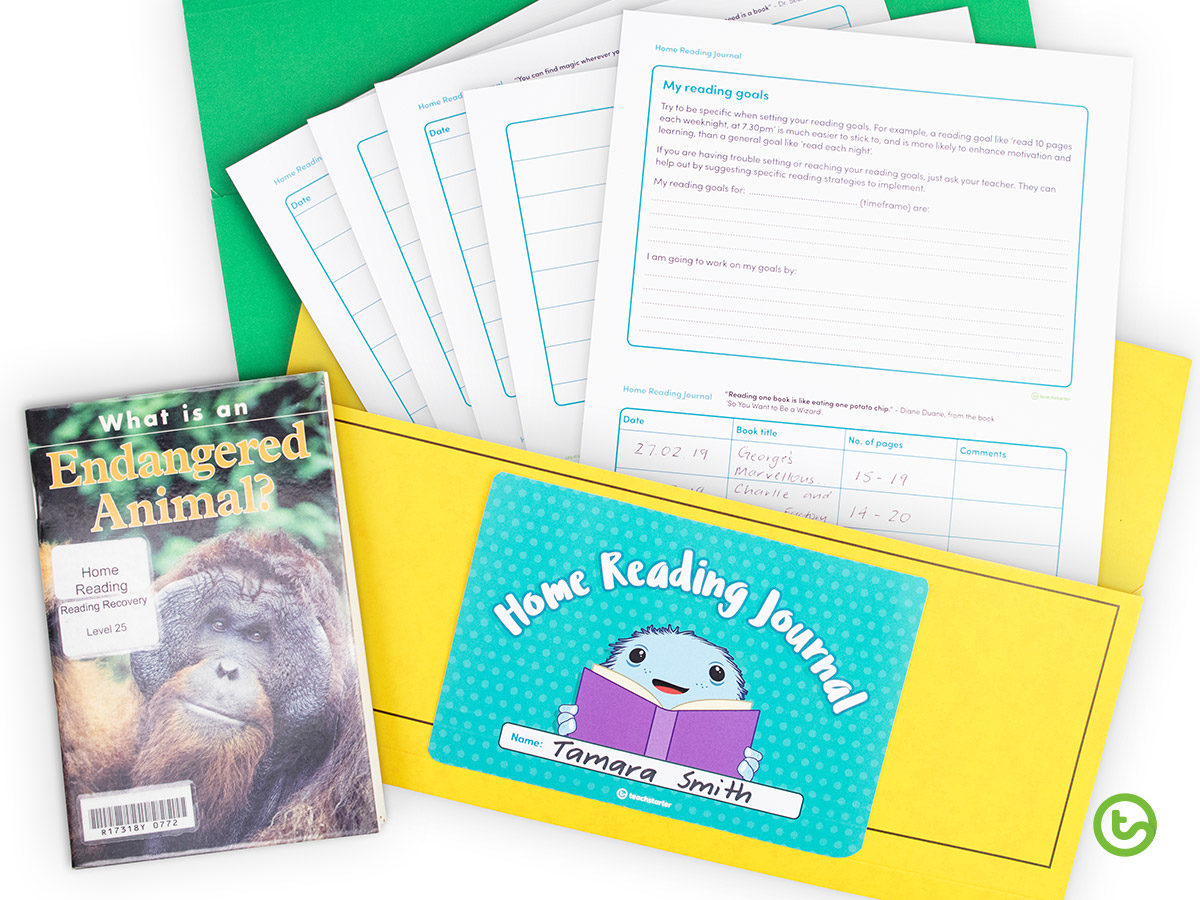
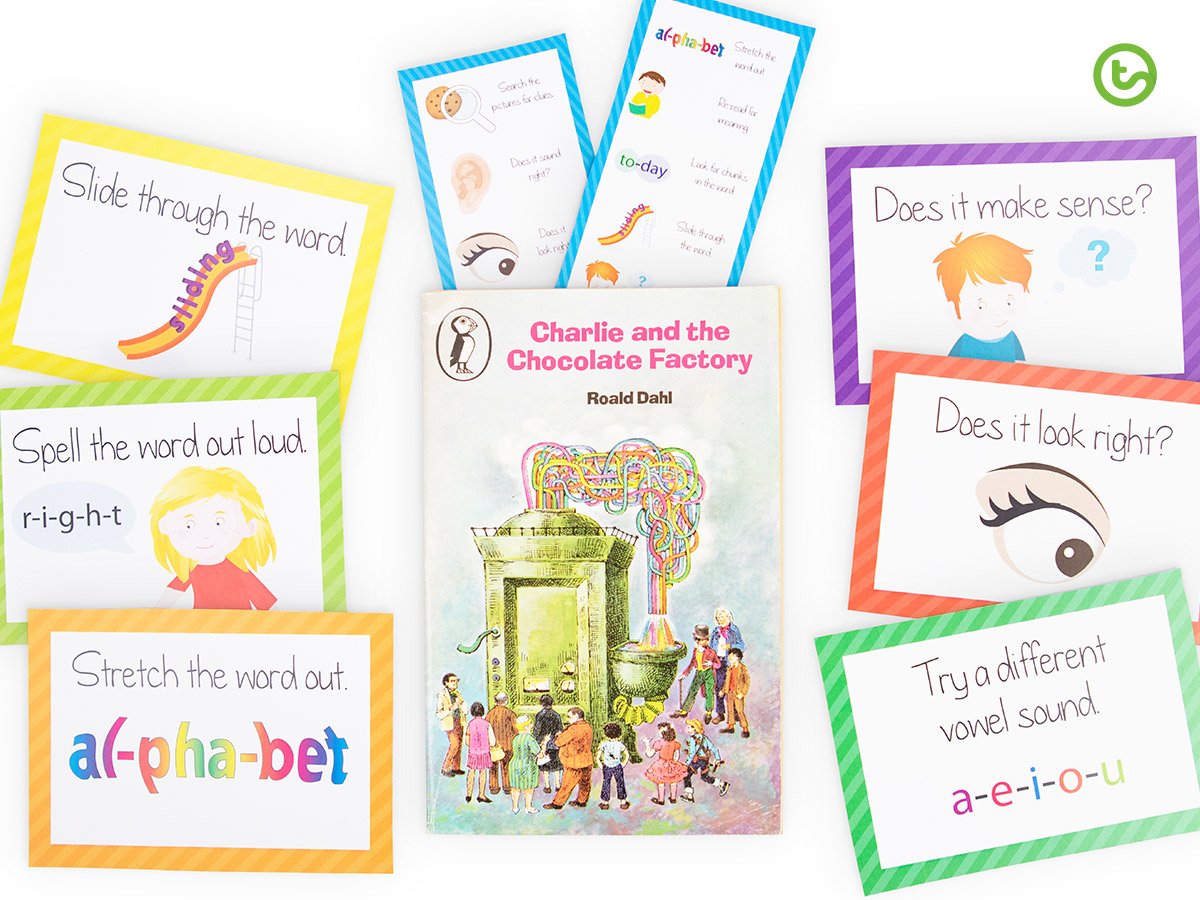


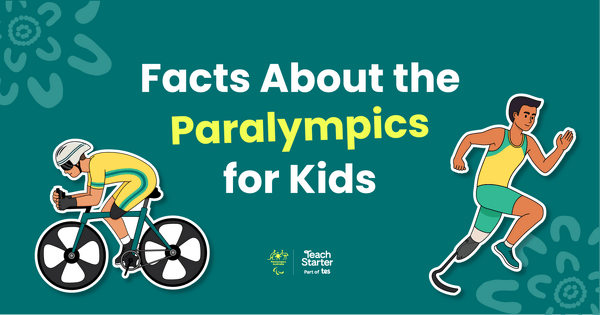



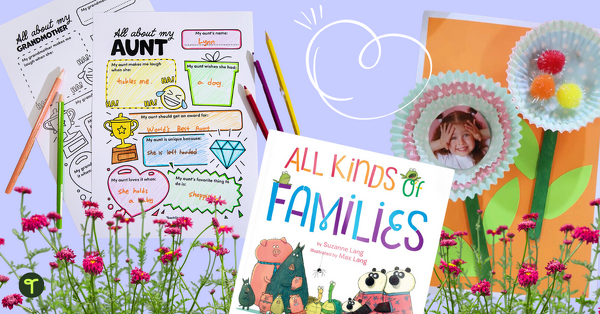
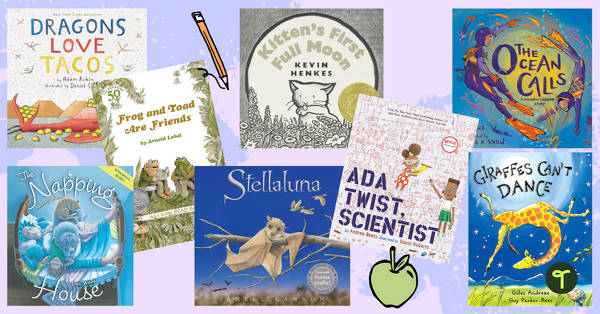
This is a wonderful resource. Thank you.
You're most welcome Maureen!